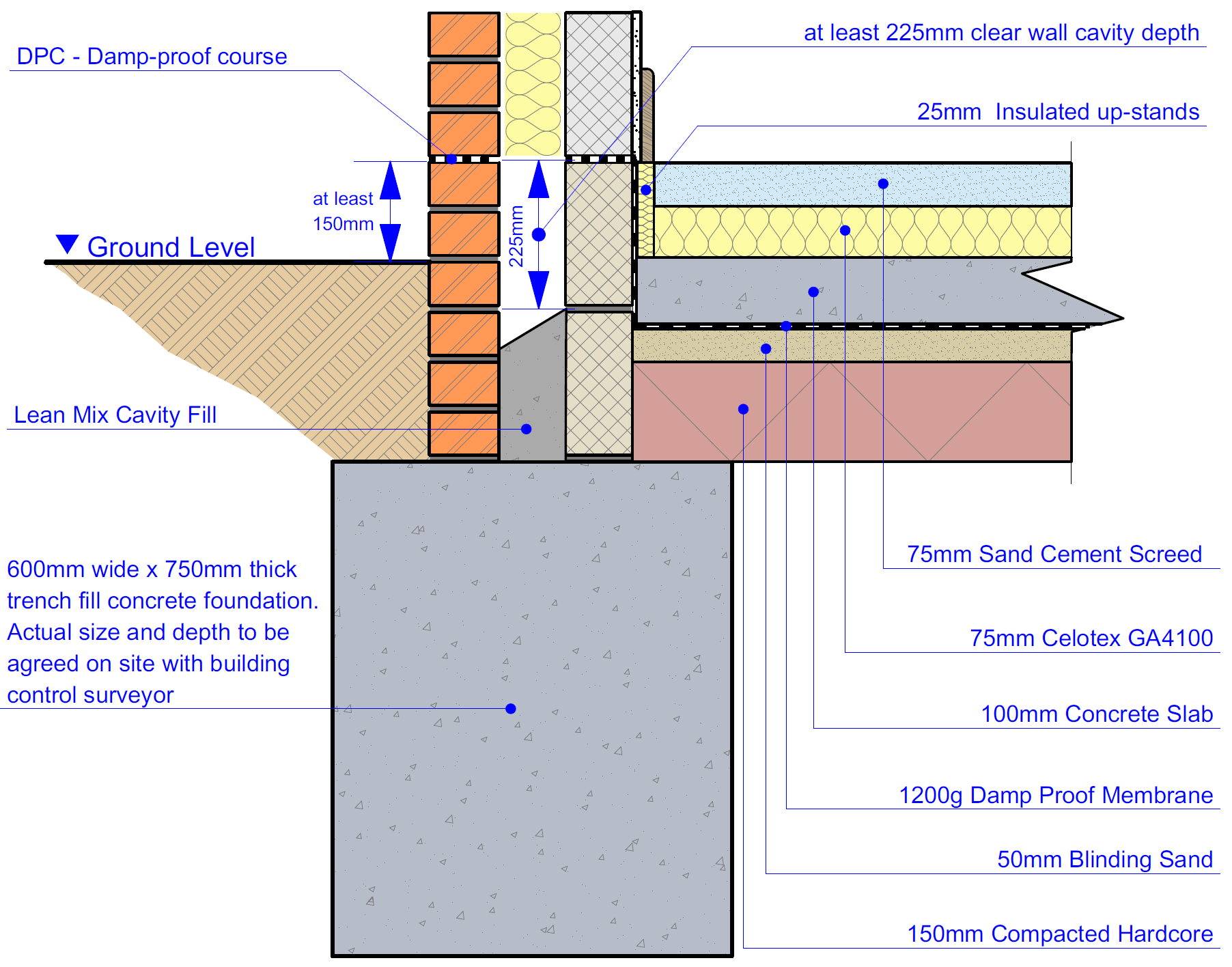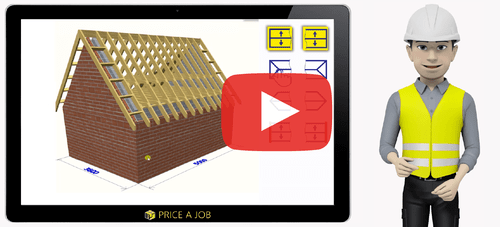
The foundations are the most crucial part of any new build or renovation project. Without stable and suitable foundations, no built structure can be relied upon to stay in situ. When foundations fail, the whole structure of a building is compromised and the results can be cracks, bowing, slippage and even total collapse.
It can be difficult to accurately price up the cost of foundations because they are so variable. A foundation cost calculator can be used to prepare a reliable and accurate estimate for any foundation job.
Trench foundations
Trench foundations are the classic type of foundation used in new build projects under load bearing walls and for extensions. Typically, the exterior walls are constructed on top of trench foundations. However, there are many ways in which they can be laid. The area where the foundations will be situated needs to be excavated and this may be done by hand (which generally takes longer) or by machine. The soil that has been excavated from the trench has to be disposed of responsibly in a skip or rubble sacks or you can use a grab lorry. The concrete is poured into the trench to form the foundation and this can be mixed on site or delivered as ready mixed.
If you are required to provide a mesh reinforcement it can be of several specifications including A142, A193 or A393. It may be necessary to provide some plywood earthwork support while the work is being carried out.
Pad foundation
Pad foundations are usually shallow foundations and are a type of spread foundation that supports a localised load. Typically, they are used under structural columns or frames. They are used for goal post steel structures when building an extension to an existing property. The load is spread to the soil or rock and keeps the structure stable. They need to be excavated and this can be done by hand in most cases because they are shallow. The soil will have to be disposed of and the concrete can be mixed on site or delivered. It is usual to need mesh reinforcement because of the potential twisting forces.
Strip foundation
Strip foundations are used in areas of good bearing capacity soil. They are typically used below concrete cavity walls and for timber frame buildings. The exact size and position of the foundation strip will depend on the overall width of the wall that is being built. The main feature is that the load is transmitted 45 degrees from the base. The trench can be excavated by hand or machine and there are various options for disposing of the discarded soil. The concrete can be ready mix or mixed on site and you may need mesh reinforcement. Plywood of 9mm, 12mm or 18mm width can be used as an earthwork reinforcement.
Using the foundation cost calculator, you will be able to accurately predict the cost of any foundation work whether it is trench, pad or strip.
